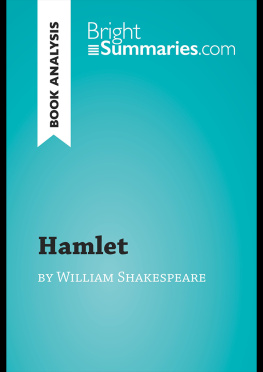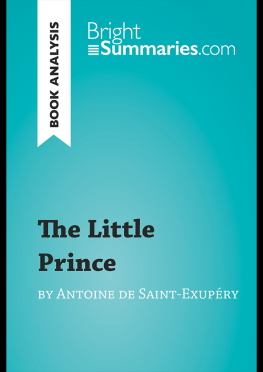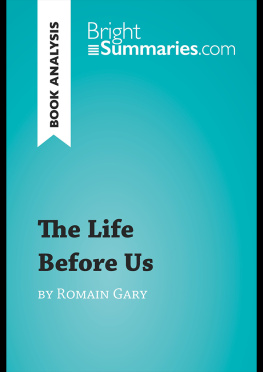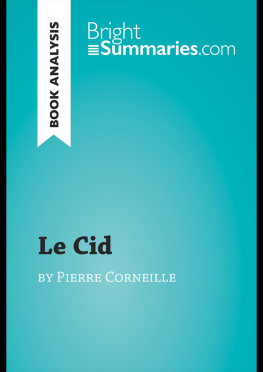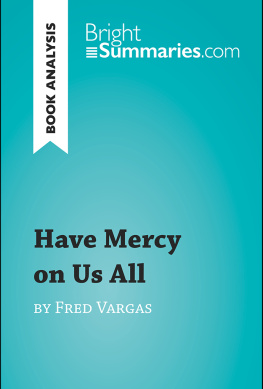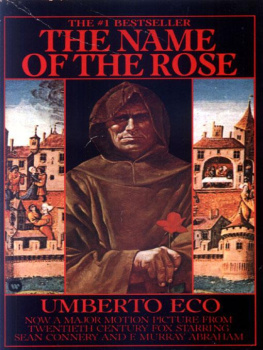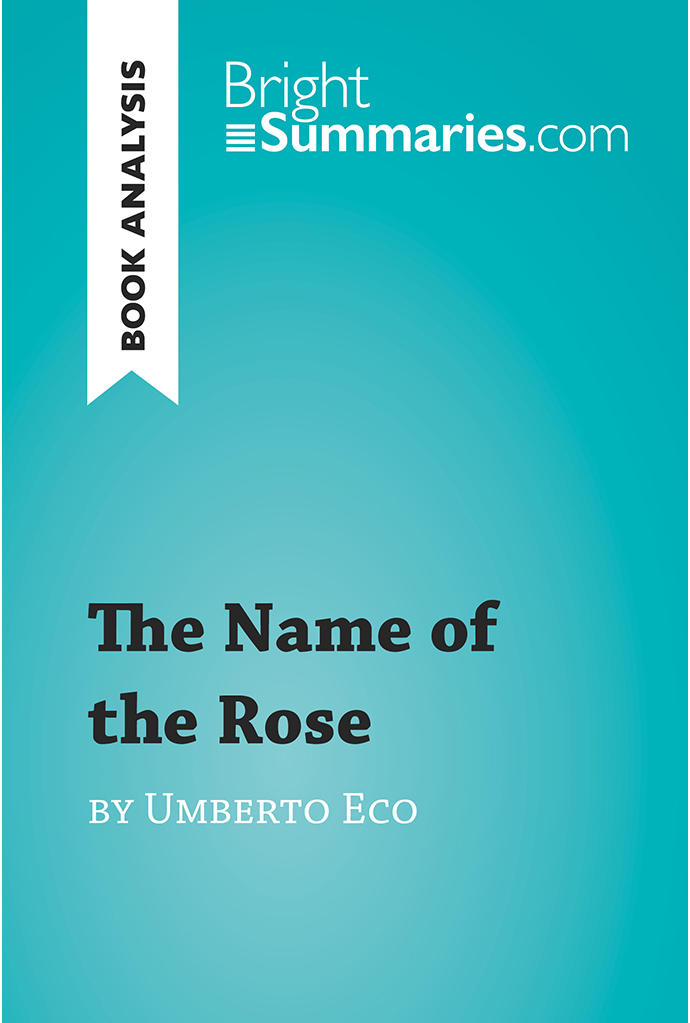Bright Summaries - The Name of the Rose by Umberto Eco (Book Analysis): Detailed Summary, Analysis and Reading Guide
Here you can read online Bright Summaries - The Name of the Rose by Umberto Eco (Book Analysis): Detailed Summary, Analysis and Reading Guide full text of the book (entire story) in english for free. Download pdf and epub, get meaning, cover and reviews about this ebook. year: 2016, publisher: BrightSummaries.com, genre: Detective and thriller. Description of the work, (preface) as well as reviews are available. Best literature library LitArk.com created for fans of good reading and offers a wide selection of genres:
Romance novel
Science fiction
Adventure
Detective
Science
History
Home and family
Prose
Art
Politics
Computer
Non-fiction
Religion
Business
Children
Humor
Choose a favorite category and find really read worthwhile books. Enjoy immersion in the world of imagination, feel the emotions of the characters or learn something new for yourself, make an fascinating discovery.
- Book:The Name of the Rose by Umberto Eco (Book Analysis): Detailed Summary, Analysis and Reading Guide
- Author:
- Publisher:BrightSummaries.com
- Genre:
- Year:2016
- Rating:5 / 5
- Favourites:Add to favourites
- Your mark:
The Name of the Rose by Umberto Eco (Book Analysis): Detailed Summary, Analysis and Reading Guide: summary, description and annotation
We offer to read an annotation, description, summary or preface (depends on what the author of the book "The Name of the Rose by Umberto Eco (Book Analysis): Detailed Summary, Analysis and Reading Guide" wrote himself). If you haven't found the necessary information about the book — write in the comments, we will try to find it.
This engaging summary presents an analysis of The Name of the Rose by Umberto Eco, which follows the Franciscan friar William of Baskerville and his disciple, the young novice Adso of Melk, during their stay at an Italian abbey in the year 1327. When several monks die in mysterious circumstances, against a backdrop of political turmoil and religious strife, William and Adso must uncover the abbeys secrets in order to unmask the culprit. Since its publication in 1980, The Name of the Rose has been widely hailed as a masterpiece: it won a number of international literary prizes, and was ranked 14th on the French newspaper Le Mondes list of the 100 best books of the 20th century. Umberto Eco was a prolific novelist and essay writer, and garnered international recognition for his work on linguistics and semiotics. He died in 2016, at the age of 84.
Find out everything you need to know about The Name of the Rose in a fraction of the time!
This in-depth and informative reading guide brings you:
- Character studies
- Key themes and symbols
- Questions for further reflection
Why choose BrightSummaries.com?
Available in print and digital format, our publications are designed to accompany you on your reading journey. The clear and concise style makes for easy understanding, providing the perfect opportunity to improve your literary knowledge in no time.
See the very best of literature in a whole new light with BrightSummaries.com!
Bright Summaries: author's other books
Who wrote The Name of the Rose by Umberto Eco (Book Analysis): Detailed Summary, Analysis and Reading Guide? Find out the surname, the name of the author of the book and a list of all author's works by series.




